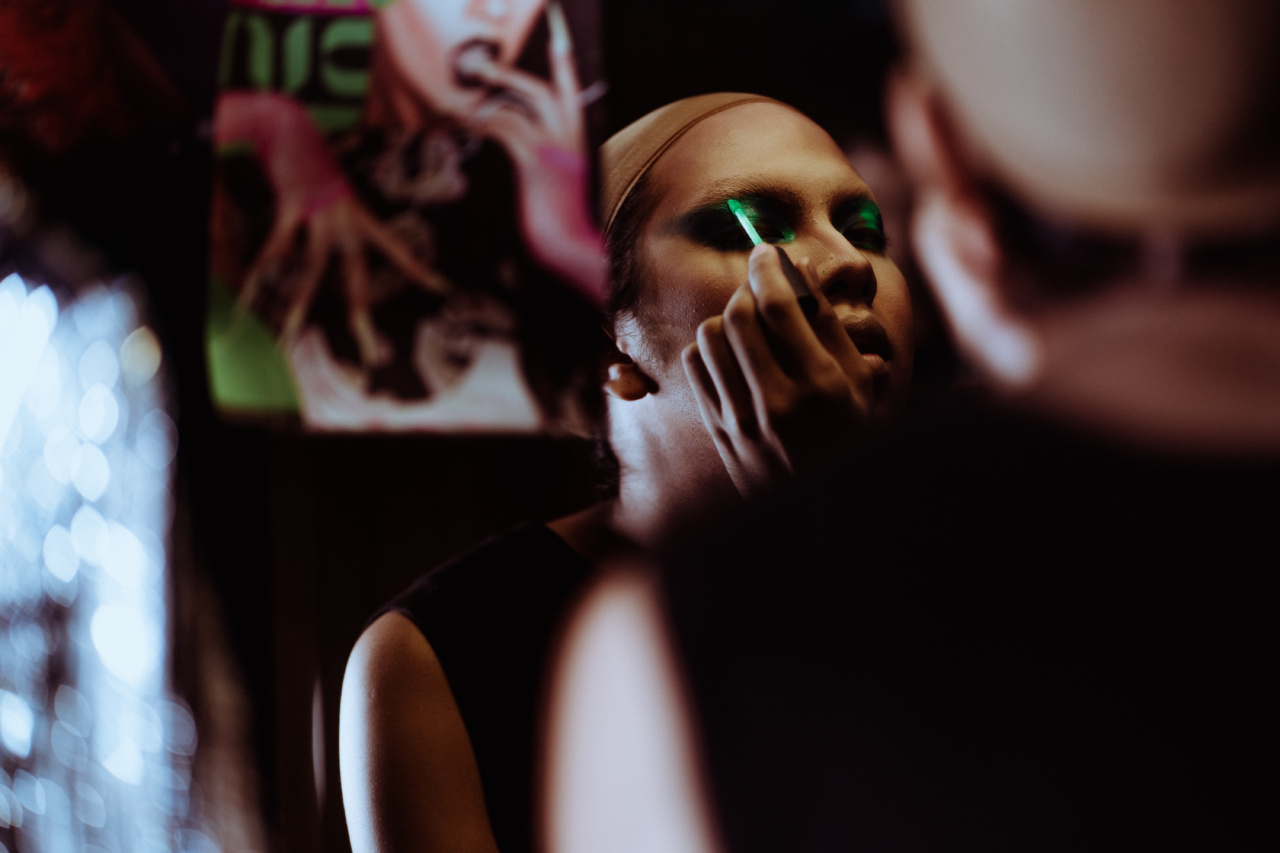Skin cancer is the most common form of cancer worldwide, and its incidence is on the rise. Early detection plays a crucial role in successful treatment and prevention of the disease.
While regular professional check-ups are necessary, you can also educate yourself about the warning signs of skin cancer by learning how to spot it using photos.
10 Warning Signs to Look for in Skin Cancer Photos
1. Asymmetry: Examine the shape of any skin lesions or moles. Suspicious lesions may have irregular or asymmetrical borders.
2. Border irregularity: A clean, even border is usually a good sign. Melanomas may exhibit notched, scalloped, or blurred borders.
3. Color variations: Normal moles are usually a single, consistent color. Skin cancer lesions may display multiple colors or uneven pigmentation.
4. Diameter: Pay attention to the size of any skin growths. Melanomas are typically larger than 6 millimeters in diameter, but it’s important to note that smaller lesions can still be malignant.
5. Evolution: Changes over time are a significant warning sign. If a mole or skin lesion starts to grow, change shape, or change color, it’s crucial to consult a healthcare professional.
6. Elevation: Skin cancers may appear raised or bumpy, with an uneven surface. Be cautious of any sudden or unexpected changes in the texture of your skin.
7. Itching or bleeding: If a mole or lesion becomes itchy or starts bleeding without any apparent cause, it’s essential to get it checked by a dermatologist.
8. Surrounding skin changes: Skin cancer lesions often cause alterations in the surrounding skin. Look for redness, tenderness, swelling, or the appearance of new blood vessels.
9. Lack of symmetry: While symmetry is a positive sign, cancerous lesions may lack symmetry or have one half that does not match the other.
10. Family history and personal risk factors: Keep in mind that skin cancers can run in families, and certain risk factors like fair skin, excessive sun exposure, and a history of sunburns can increase your likelihood of developing skin cancer.
Be extra vigilant in these cases and always prioritize preventive measures.
Preventing Skin Cancer
Identifying skin cancer at an early stage enhances the chances of successful treatment. However, taking preventive measures is equally vital in protecting yourself from skin cancer. Here are some practical steps you can take:.
1. Stay out of the sun during peak hours
The sun’s rays are strongest between 10 a.m. and 4 p.m. If possible, schedule outdoor activities outside of these hours or seek shade during this period.
2. Wear protective clothing and hats
Cover your skin with long-sleeved shirts, pants, and wide-brimmed hats to shield it from harmful ultraviolet (UV) radiation.
3. Apply sunscreen diligently
Use a broad-spectrum sunscreen with a sun protection factor (SPF) of 30 or higher before going outside, and reapply it every two hours or after swimming or sweating excessively.
4. Avoid tanning beds
Tanning beds emit ultraviolet radiation, increasing the risk of skin cancer. Opt for sunless tanning products instead.
5. Examine your skin regularly
Perform self-examinations of your skin every month to monitor any changes, new growths, or suspicious moles. Use mirrors or seek the help of a family member to examine hard-to-see areas like your back or scalp.
6. Get professional skin screenings
Schedule regular appointments with a dermatologist for a comprehensive skin examination, especially if you have a family history of skin cancer or other risk factors.
Taking Action for Early Detection
If you notice any warning signs or changes in your skin, it’s essential to take action promptly. Consult a healthcare professional or dermatologist for a thorough evaluation.
Early detection and treatment significantly improve the chances of successful recovery.
Remember, spotting skin cancer using photos can be a useful tool, but it should not replace professional medical advice. Use the provided information as a guide to raise awareness and take proactive steps in protecting your skin health.
Regular check-ups, self-examinations, and preventive measures are key to maintaining healthy skin and reducing the risk of skin cancer.























